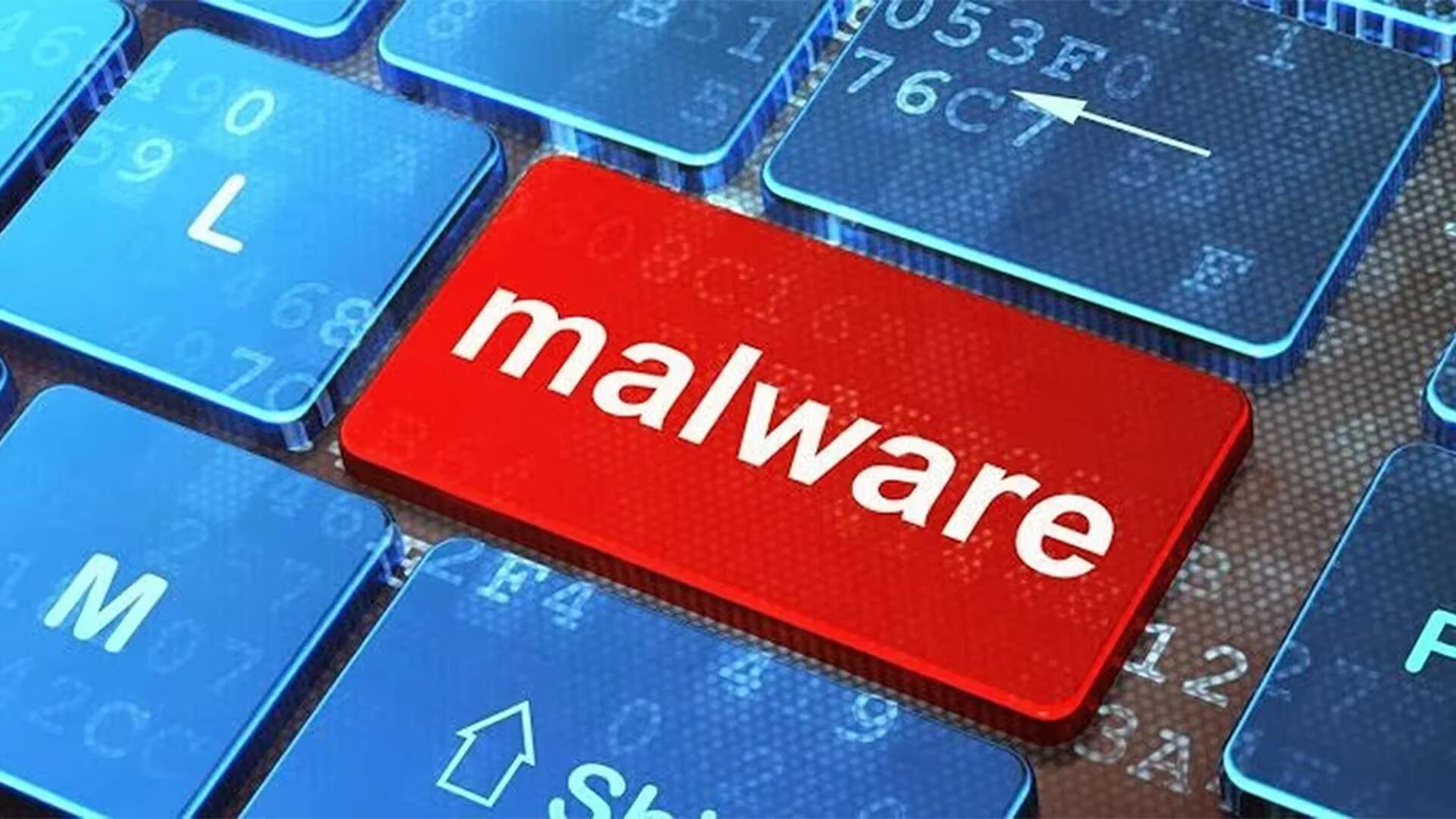


Just like ransomware, spyware can also read, interpret, encrypt, and remove data. Spyware Attacksįor this type of malware attack, a special type of malware known as spyware is installed on a victim’s device. Emsisoft estimates that ransomware costs could reach nearly $1.4 billion in 2020 alone.Ĭheck out the example of a message for the Wana Decrypt0r 2.0 ransomware attack: Image Source: 2. Sometimes the attacker threatens the victims to leak their personal/sensitive data or confidential files if they don’t agree to pay the ransom. They’ll simply take off with the extortion money, which is frequently paid using cryptocurrencies.) Generally, an attacker uses public key infrastructure (PKI) technology and encrypts the data with a cryptographical key. The data can’t be unlocked without a corresponding private key. Only after a victim pays extortion money, the hacker provide a private key to decrypt the data. (However, in some cases, the hacker won’t ever provide a key. The attacker demands a ransom from the victim in order to decrypt the data, restore the system, or reopen the applications. The attacker inserts malware into a user’s device that can lock and encrypt the files, folders, applications, software, servers, or the entire device. 7 Common Types of Malware Attacks 1. Ransomware AttacksĪ ransomware attack involves blackmailing the victims. In this article, we’ll help you familiarize yourself with seven of the most common and highly dangerous types of malware attacks.
#Forms to go malware pdf#
Download: Certificate Management Checklist Essential 14 Point Free PDF


 0 kommentar(er)
0 kommentar(er)
